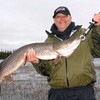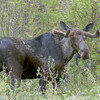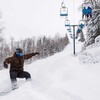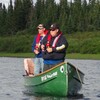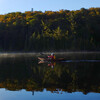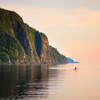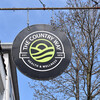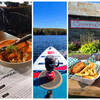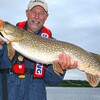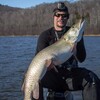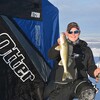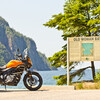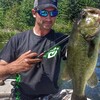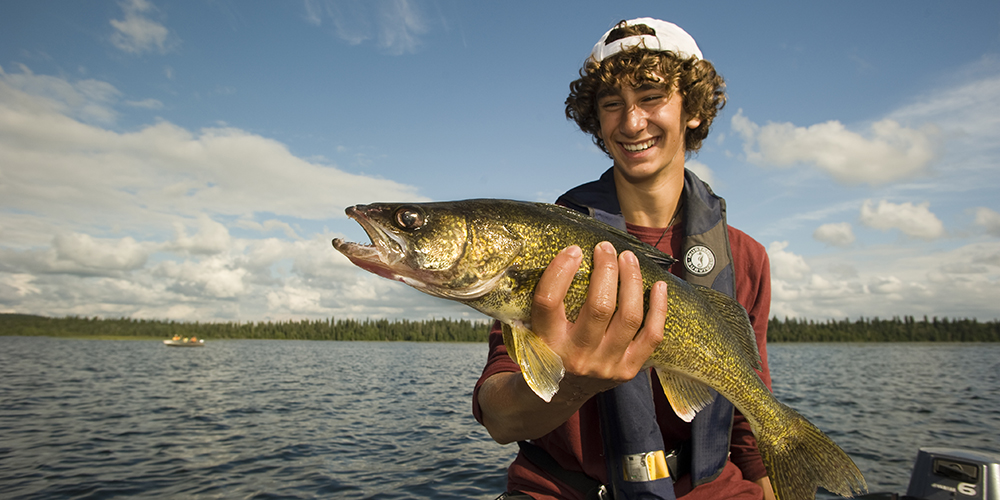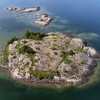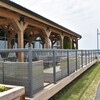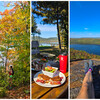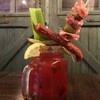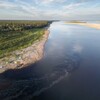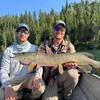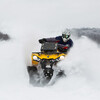
Trolling vs Casting: The Ultimate Showdown
Here in the Algoma region, we are lucky enough to have so many world-class fisheries in such a small radius. You can start right in the center of it all in Sault Ste. Marie in the St. Marys River, close to the locks, and be trolling or casting for almost every popular species of freshwater fish.
From there, you can go east for incredible walleye and pike fishing in Lake George, or to the North Channel, where a vast amount of trolling opportunities can be had, but also where you can cast for some of the biggest bass and panfish in Ontario off the main channel. Or go north into Lake Superior, starting in Marks Bay, very well known for its rainbow trout, perch, and whitefish fishery. Launching out of Gros Cap, you can run into some amazing chinook and coho action all the way to Goulais Bay. The Goulais River boasts some of the best muskie, bass, and walleye fishing in the North. That's just a start—the opportunities are endless in Algoma Country.
When I’m out fishing, it’s always about trying to find fish as quickly and effectively as I can. Trying to find numbers of fish and quality as well. The best way that I go about it is by covering as much water as possible and finding what areas and structure the fish are relating to more than others. When I find those areas, then I can determine the best ways to fish them, focus on those key areas, and make the right presentations to land more fish. Both casting and trolling can be equally effective given any situation you are in.
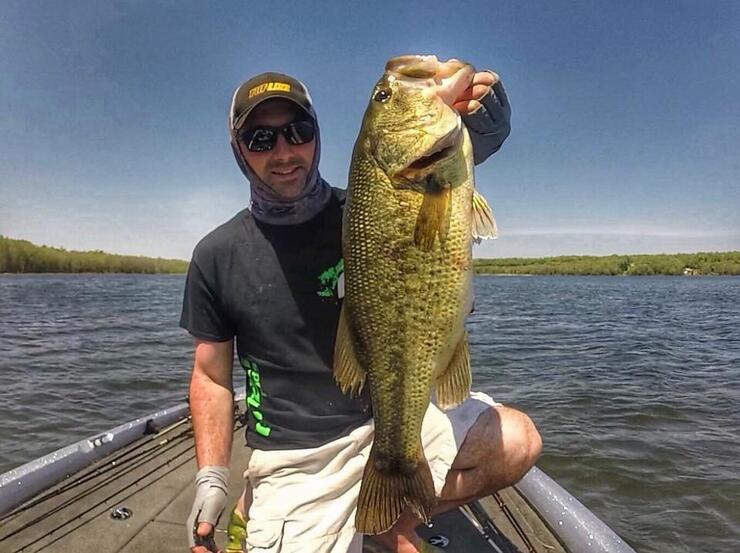
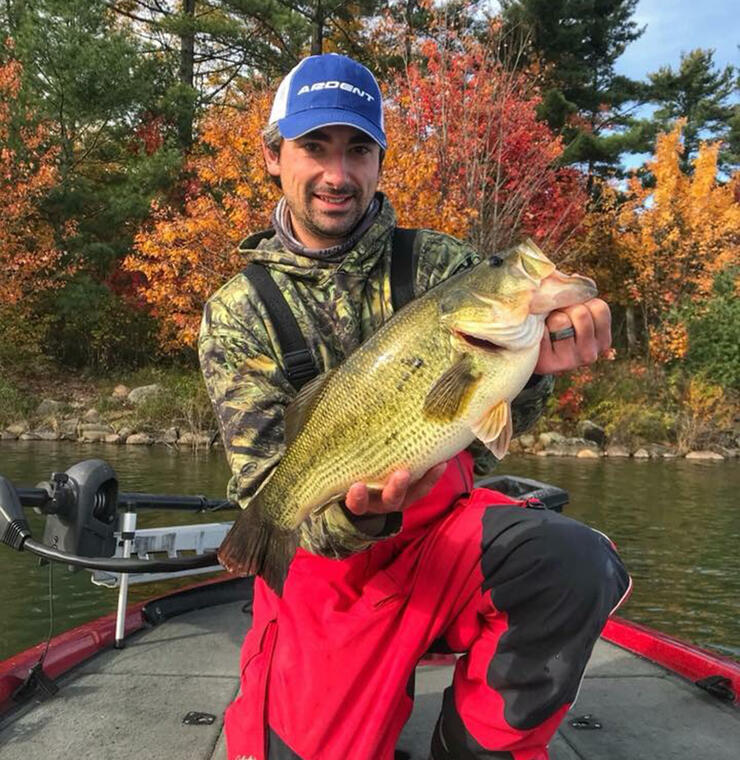
When you have an obsession with bass fishing, the word trolling is not something that ever really comes to mind. When you’re bass fishing it comes down to hitting as many targets as you can and probing structure from every direction. I also like to fish fast and am always on my foot-controlled trolling motor—always casting, flipping, pitching, jigging, constantly moving, changing lures and setups. Having multiple rods and lures rigged with different presentations that can fish the water column from top to bottom will up your chances, with almost any species you are fishing for.
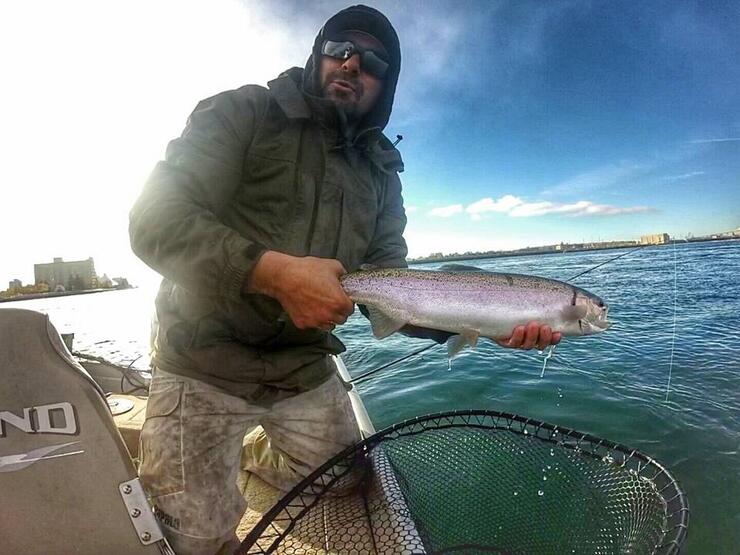
With casting, you can fish 360 degrees around the boat, covering mass amounts of water. Positioning the boat where you can easily fish the shallow and deep side of where you are fishing can also quickly tell you where you need to focus more effort. There are always fish continuously moving from shallow to deeper water, so it is always a good place to keep your boat. If you’re fishing close to shore, always look for something different, whether it be a little point in the shoreline, a break in the weeds, a change in vegetation from reeds to lily pads to rock to weed—anything that just visually looks good. It’s all about making every cast count. Putting as many casts as you can in the high-percentage areas will increase your odds of hooking up.

All though I don’t typically troll too much anymore, other anglers do it a lot, and for very good reason. There is no doubt that trolling catches fish, especially when it comes to species like walleye, trout, and salmon. When you’re fishing for these species, you’re typically fishing offshore away from the bank, focusing on large expanses of water, key depths, and structures. When trolling, you want to always keep track of where your bites are coming from. Make note of the speed, depth, cover, contours, and direction, then be sure to repeat it as much as possible, because those bites are happening for a reason.
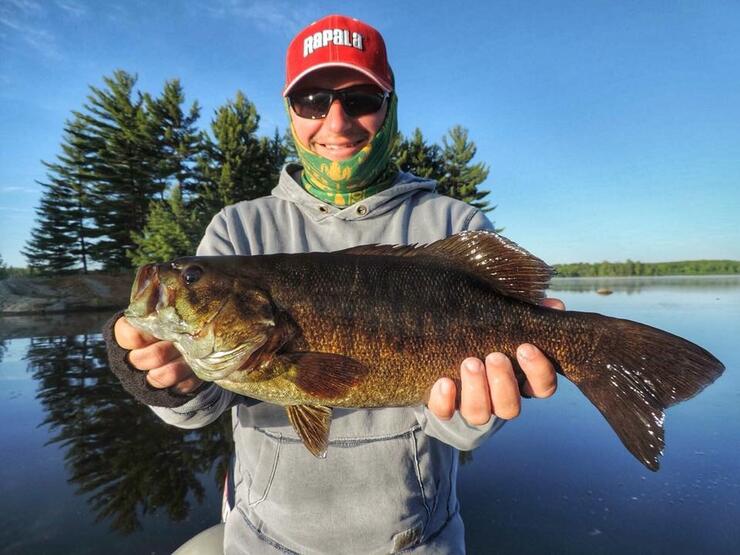
Trolling also isn’t just about going in a straight line, turning around, and going back the other way. There’s a lot more to it than that. Be sure to try and follow specific contours, depth, or structures like weed lines, humps, and reefs. Try to follow them and change the direction and speed of your baits by trolling in almost an S pattern; in turn, your baits will speed up and slow down and move differently, a lot of the time triggering fish into biting.
Trolling is also about covering a lot of water, and having a set of planer boards is a big way to cover a lot more. They will take your baits much further away from your boat and you will have a lot wider spread in between baits. Planer boards will also allow you to easier troll with more lines when having multiple people in the boat and having baits way out to the sides will help with catching those finicky fish that are a little more boat-shy.
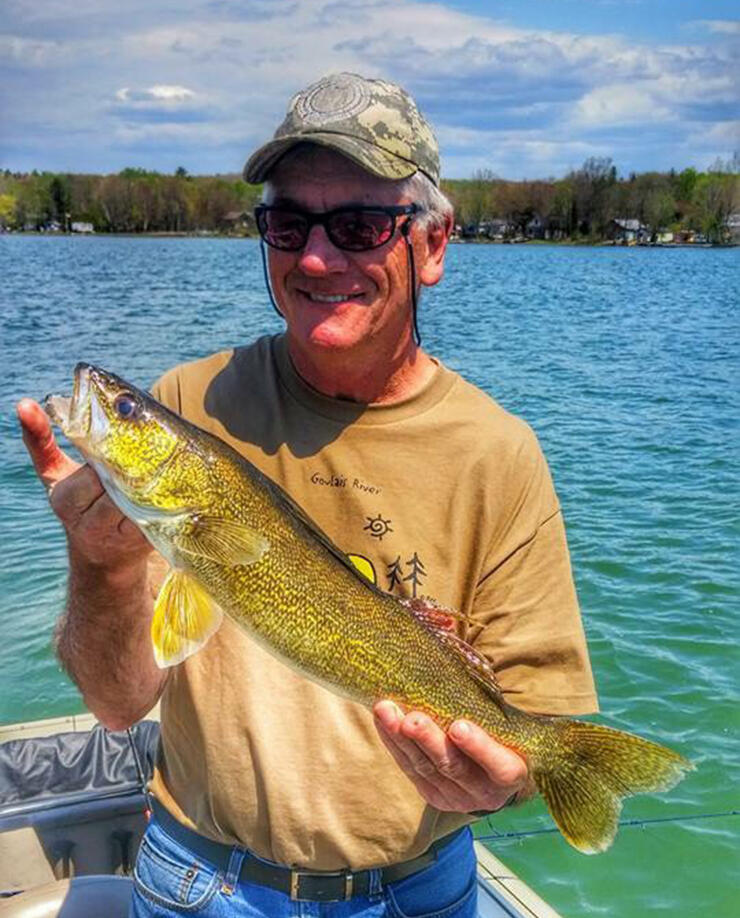
Hopefully, these two approaches to fishing can help you determine what’s best for the type of water you are on, and ultimately catch you some more fish this year. There are so many bodies of water to enjoy up here in Algoma Country, so be sure to share your experiences with everyone.
Recommended Articles

The Group of Seven in Algoma

9 Facts to Know about the Agawa Canyon Tour Train


